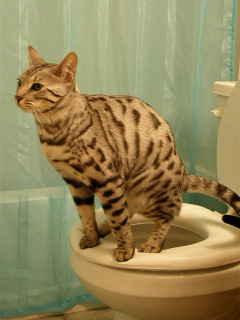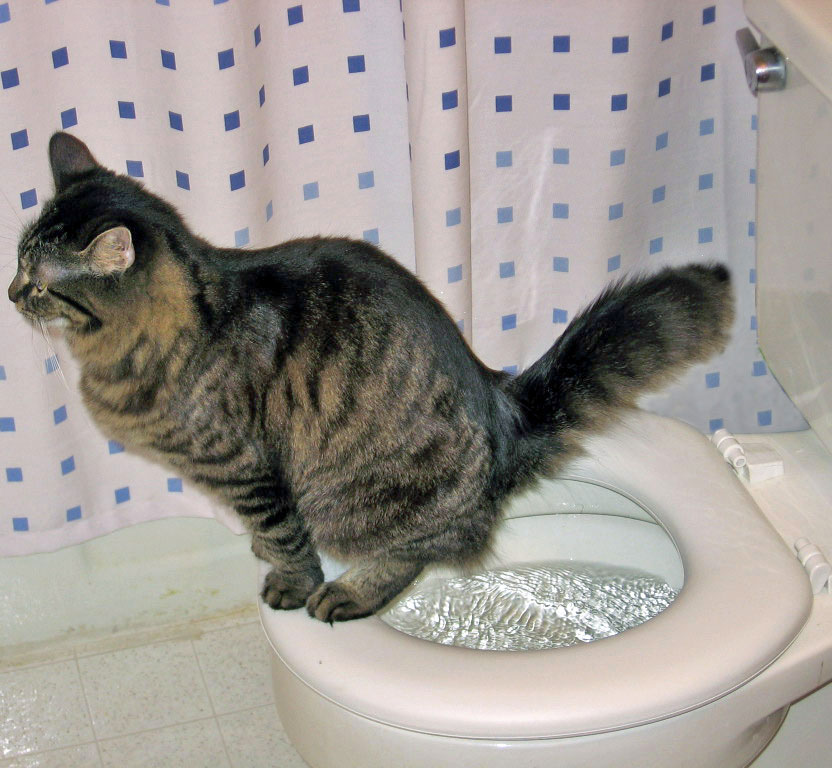Reasons You Mustn't Flush Cat Poop Down Your Toilet - Preserve Your Pipe System
Reasons You Mustn't Flush Cat Poop Down Your Toilet - Preserve Your Pipe System
Blog Article
Every person has got their unique way of thinking involving How to Dispose of Cat Poop and Litter Without Plastic Bags.

Intro
As cat proprietors, it's essential to be mindful of just how we take care of our feline buddies' waste. While it may seem hassle-free to flush cat poop down the commode, this technique can have destructive repercussions for both the environment and human health and wellness.
Alternatives to Flushing
Fortunately, there are safer and much more accountable methods to dispose of feline poop. Take into consideration the adhering to alternatives:
1. Scoop and Dispose in Trash
The most typical technique of taking care of pet cat poop is to scoop it right into an eco-friendly bag and toss it in the garbage. Make certain to make use of a specialized litter scoop and deal with the waste quickly.
2. Usage Biodegradable Litter
Go with biodegradable cat trash made from products such as corn or wheat. These trashes are environmentally friendly and can be safely dealt with in the trash.
3. Bury in the Yard
If you have a yard, consider hiding pet cat waste in a marked area away from veggie gardens and water sources. Be sure to dig deep adequate to avoid contamination of groundwater.
4. Set Up a Pet Waste Disposal System
Buy a family pet waste disposal system specifically made for pet cat waste. These systems utilize enzymes to break down the waste, decreasing odor and ecological influence.
Health and wellness Risks
In addition to environmental problems, purging feline waste can additionally present health risks to people. Pet cat feces may include Toxoplasma gondii, a parasite that can create toxoplasmosis-- a possibly serious disease, especially for expecting women and people with weakened immune systems.
Environmental Impact
Flushing pet cat poop presents dangerous pathogens and bloodsuckers right into the water supply, presenting a considerable danger to marine ecosystems. These contaminants can negatively impact marine life and concession water high quality.
Final thought
Responsible pet possession extends past supplying food and shelter-- it additionally entails appropriate waste monitoring. By refraining from purging feline poop down the toilet and selecting alternate disposal approaches, we can reduce our ecological footprint and safeguard human wellness.
Why Can’t I Flush Cat Poop?
It Spreads a Parasite
Cats are frequently infected with a parasite called toxoplasma gondii. The parasite causes an infection called toxoplasmosis. It is usually harmless to cats. The parasite only uses cat poop as a host for its eggs. Otherwise, the cat’s immune system usually keeps the infection at low enough levels to maintain its own health. But it does not stop the develop of eggs. These eggs are tiny and surprisingly tough. They may survive for a year before they begin to grow. But that’s the problem.
Our wastewater system is not designed to deal with toxoplasmosis eggs. Instead, most eggs will flush from your toilet into sewers and wastewater management plants. After the sewage is treated for many other harmful things in it, it is typically released into local rivers, lakes, or oceans. Here, the toxoplasmosis eggs can find new hosts, including starfish, crabs, otters, and many other wildlife. For many, this is a significant risk to their health. Toxoplasmosis can also end up infecting water sources that are important for agriculture, which means our deer, pigs, and sheep can get infected too.
Is There Risk to Humans?
There can be a risk to human life from flushing cat poop down the toilet. If you do so, the parasites from your cat’s poop can end up in shellfish, game animals, or livestock. If this meat is then served raw or undercooked, the people who eat it can get sick.
In fact, according to the CDC, 40 million people in the United States are infected with toxoplasma gondii. They get it from exposure to infected seafood, or from some kind of cat poop contamination, like drinking from a stream that is contaminated or touching anything that has come into contact with cat poop. That includes just cleaning a cat litter box.
Most people who get infected with these parasites will not develop any symptoms. However, for pregnant women or for those with compromised immune systems, the parasite can cause severe health problems.
How to Handle Cat Poop
The best way to handle cat poop is actually to clean the box more often. The eggs that the parasite sheds will not become active until one to five days after the cat poops. That means that if you clean daily, you’re much less likely to come into direct contact with infectious eggs.
That said, always dispose of cat poop in the garbage and not down the toilet. Wash your hands before and after you clean the litter box, and bring the bag of poop right outside to your garbage bins.
https://trenchlesssolutionsusa.com/why-cant-i-flush-cat-poop/

We hope you enjoyed reading our piece on Don’t flush cat feces down the toilet. Thanks a ton for taking time to read through our short article. Kindly take the opportunity to distribute this entry if you appreciated it. We enjoy reading our article about How to Dispose of Cat Poop and Litter Without Plastic Bags.
Schedule Service Now Report this page